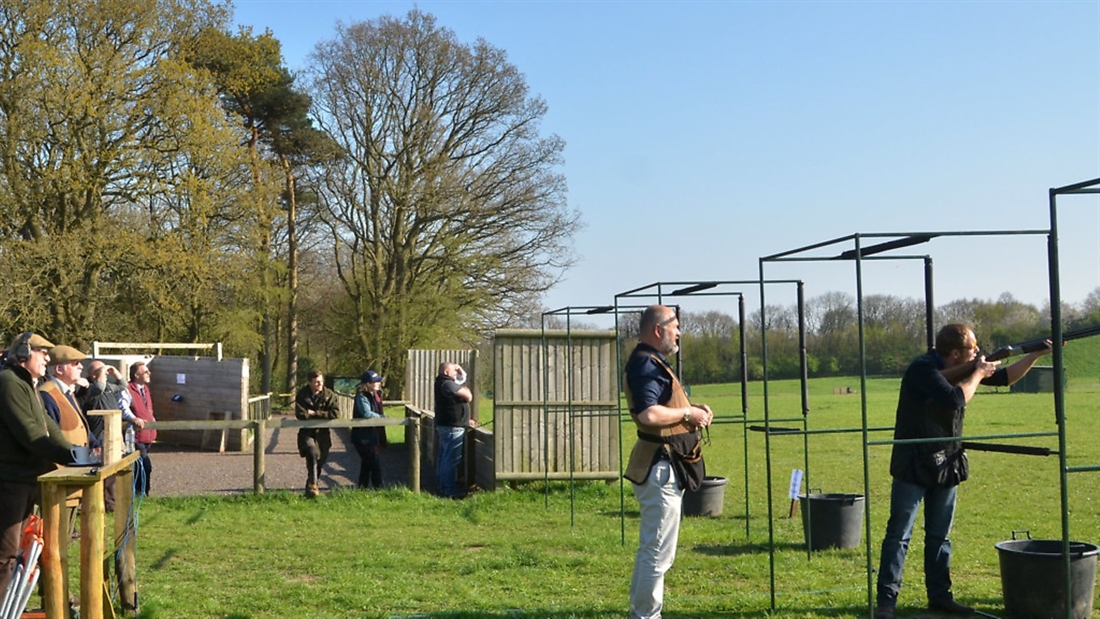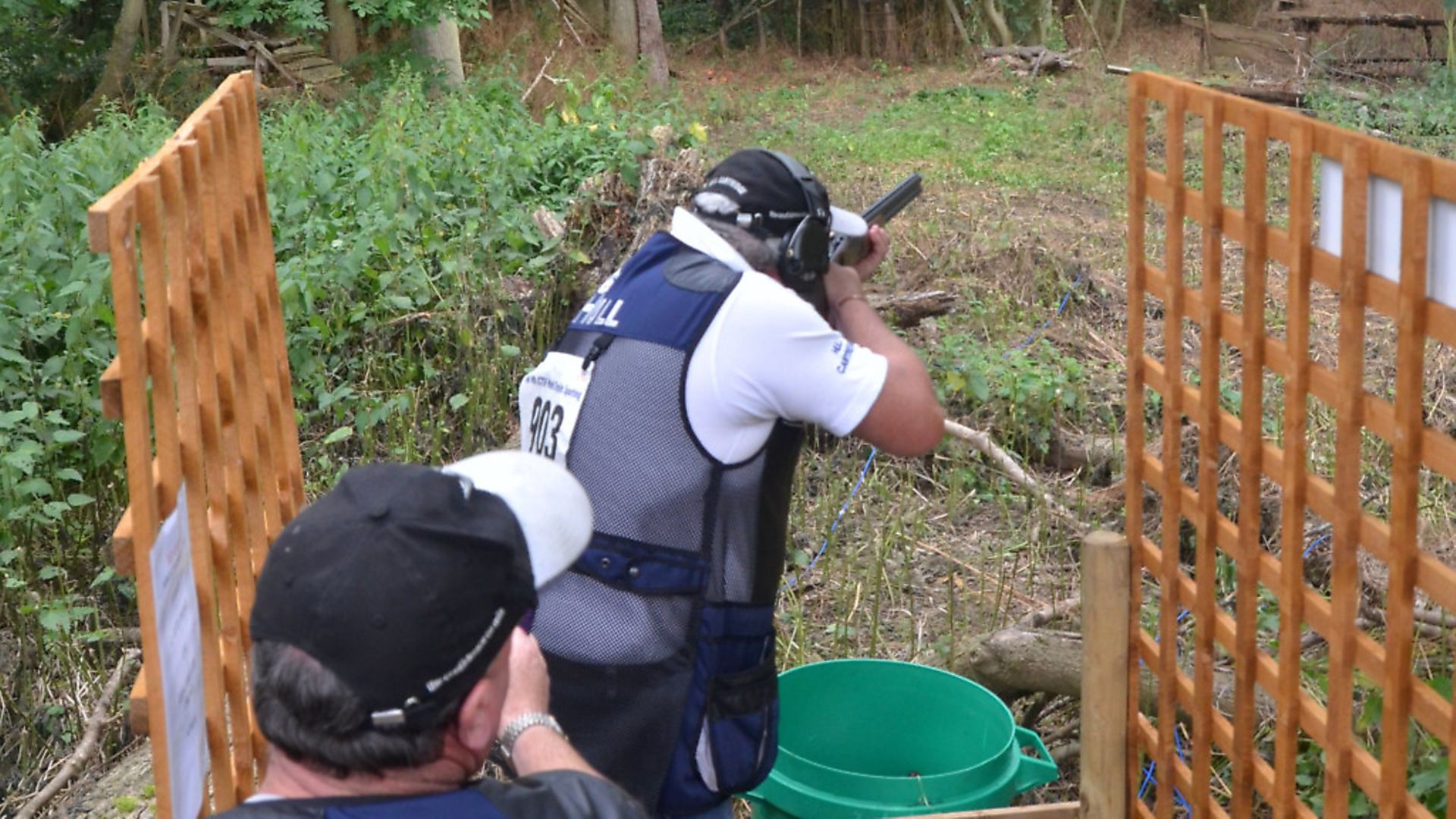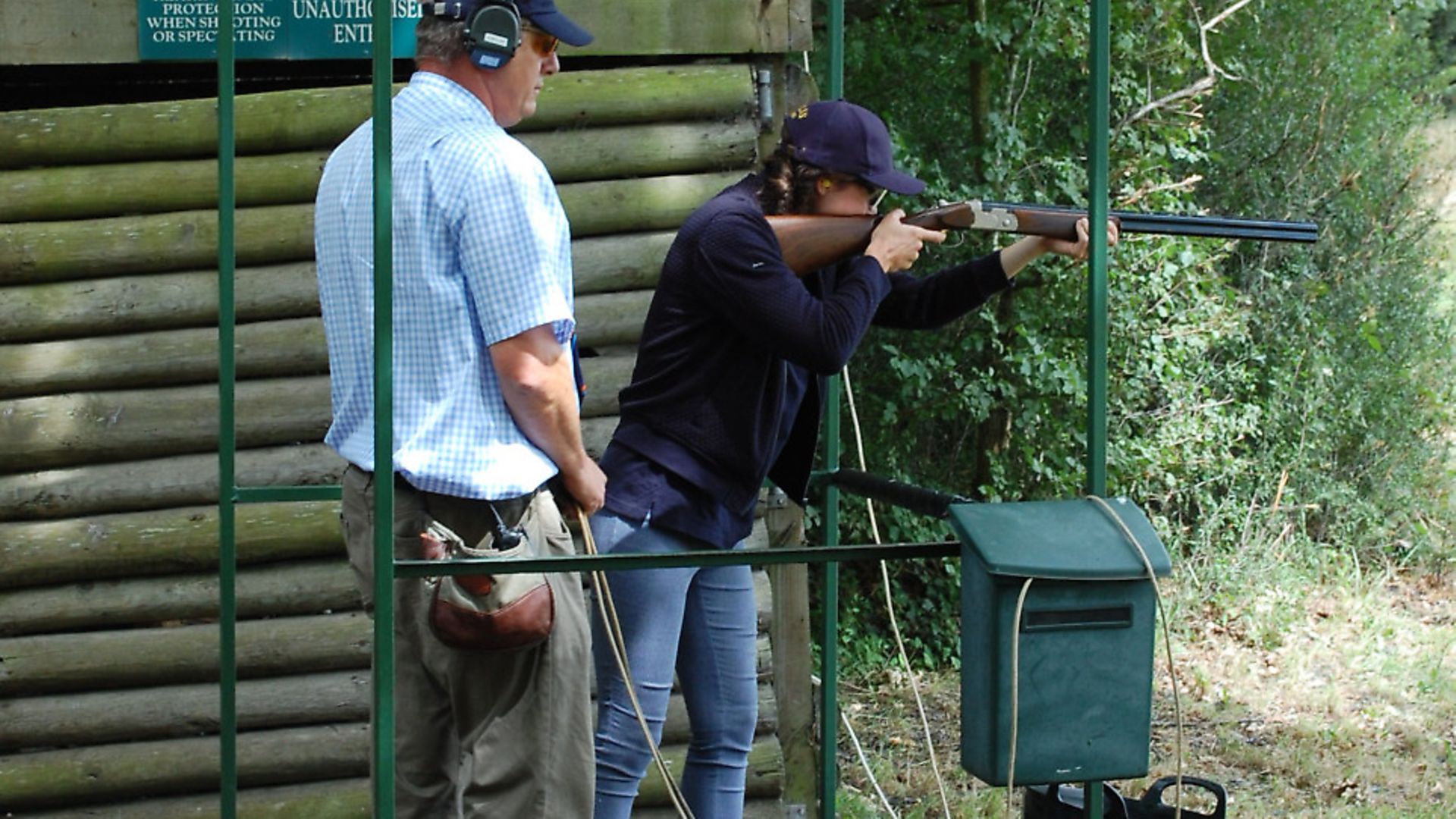How to: train on clays like a pro!

Just because you shoot clays like a pro in practice, doesn’t mean you can do it at a competition. Christian Schofield explains how to train to compete, by competing to train!
Picture the scene…
“We got to the ground and met up with our friends, and there was a great atmosphere as we were all looking forward to the competition. It was the first big competition of the year and important for selection. Training the day before had gone brilliantly, and so we were confident and expecting an excellent performance. To start with, everything seemed great, if a little ‘chippy’. Then three back-to-back misses heralded the start of our demise…”
WHY DO WE MISS TARGETS?
Why did this happen and what can we do about it? We know that the problem isn’t a lack of training, so all that remains is the difficult thought that we may have misjudged the depth of our current ability. For most of us, it is hard to accept that our technique might be limited. We will rail against any notion that we lack knowledge and we will deny any allegation of failing to train hard or train smart.
Key to understanding how the situation might have arisen is to know that performance in training can be a poor indicator of competence. In other words, smoking clays in training may not be a reliable measure of our true ability. As psychologist Professor Richard Schmidt from the University of California suggests, self-assessment of learning can be unreliable, especially when it is based on performance during training. If we want to avoid failure in competition, we should, perhaps, consider some new training ideas.
To start with, it is likely that we will consider training volume to be an important factor in our development. However, as Professor Timothy Lee from the University of McMaster in Canada suggests, the most important factor is quality and not quantity. According to Professor Craig Wrisberg from the University of Tennessee, quality is achieved by shaping our training environment. While there are many ways in which we can shape our environment, for us the most valuable idea might be provided by Professor Raoul Oudejans, from Virije University in Amsterdam. He suggests that we can prevent the reduction in performance typically observed in stressful competitive environments by adding pressure to our training. To begin the process of changing the way we train, we should consider two relatively simple ideas.
Be random WHEN TRAINING
If we have missed a certain type of target, the temptation is to fill the next training session with this target. The problem with this idea is that it does not promote retention of the skill.
A better idea would be to shoot 10 targets of the one you wish to perfect, and then shoot a different target for 10 shots before returning to the main target. You can repeat this several times and then finish the session by incorporating the target you wish to perfect among a random selection of 50 other targets.
There are two ideas as to why this works: The ‘action plan reconstruction hypothesis’ suggests that the increased effort to continually reconstruct the movement processes required in random practice enhances learning; while the ‘elaboration hypothesis’ suggests that random practice allows the learner to engage in a variety of cognitive processing activities, the result of which means that each learned skill is more distinctive. Try it – it really works.
Be restful AFTER TRAINING
When we are trying to learn a new technique or perfect an existing skill, we can use a great deal of mental effort and become tired quite quickly. It can be argued that training when we are tired helps to build endurance, but research shows that it is counterproductive when we are trying to learn.
Aim to keep training sessions short and intersperse them with 15- or 30-minute breaks. There is a growing volume of research, including that by Albert, Robertson and Miall in 2009, to support the idea that, when resting, our brain continues to process our training subconsciously and, as a result, enhances motor learning. Be restful – you are still training.
To get the most out of our training, we need to vary our environment and test ourselves repeatedly. Each variation of location and process will help to enrich our skills, make them sharper, more robust and more accessible for longer. To see if our skills are reliable in competition, we must compete. We should not wait until the selection shoot to see if we have perfected our technique. Our plan should have periods of training interspersed with competition – we should train to compete and compete to train.







